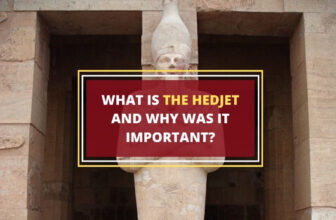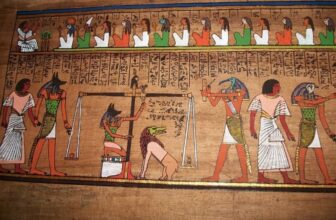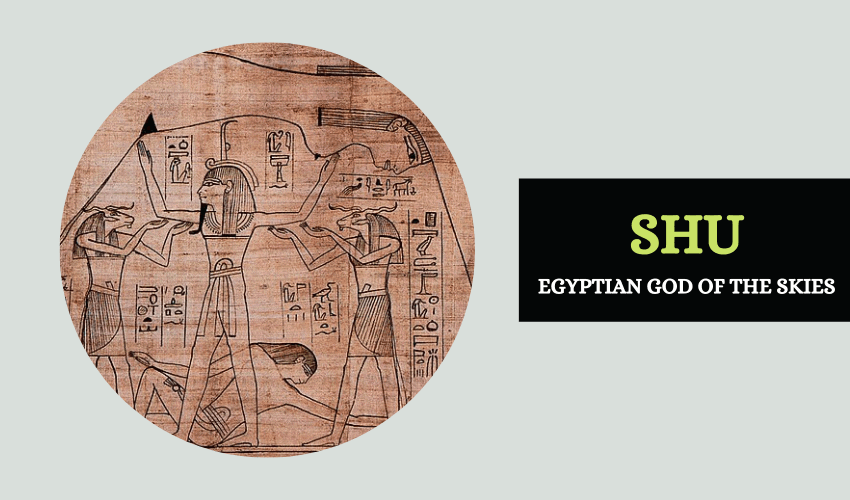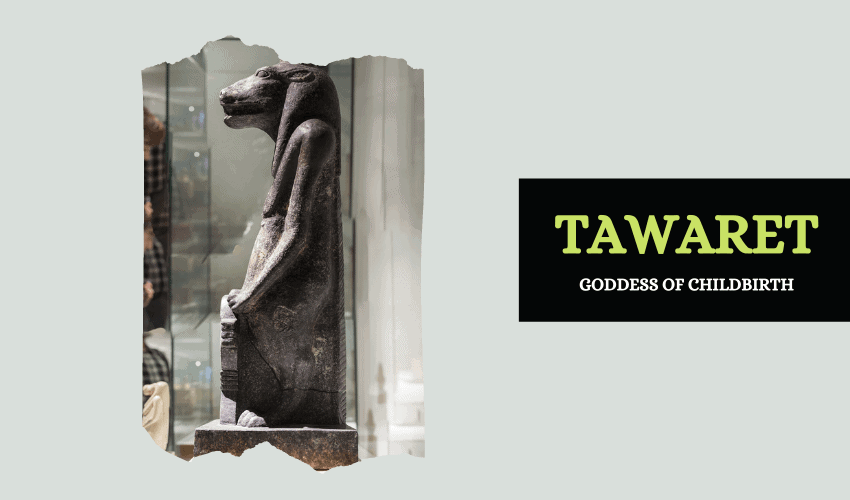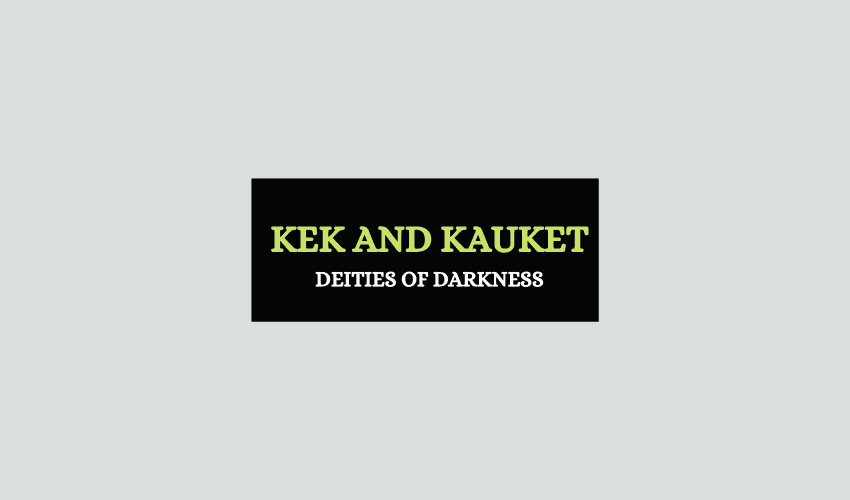
Table of Contents
In Egyptian mythology, Kek and Kauket were a pair of primordial deities who symbolized darkness, obscurity, and the night. The deities were said to have lived from the very beginning of time before the world was formed and all was shrouded in darkness and chaos.
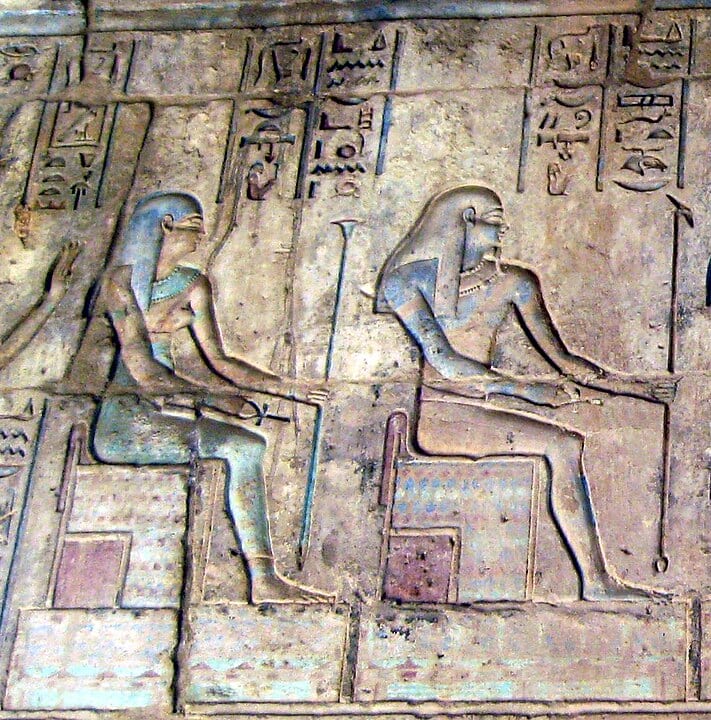
Who Were Kek and Kauket?
Kek symbolized the darkness of night, that occurred before dawn, and was called the bringer of life.
On the other hand, his female counterpart Kauket, represented sunset, and people referred to her as the bringer of night. She was even more abstract than Kek and appears to be more of a representation of duality than of a distinct deity herself.
Kek and Kauket represent primordial darkness, much like the Greek Erebus. However, sometimes they appeared to represent day and night, or the transition from day to night and vice-versa.
The names Kek and Kauket were the male and female forms of the word for ‘darkness’, although Kauket has a feminine ending to the name.
Kek and Kauket – Part of the Hermopolitan Ogdoad
Kek and Kauket were a part of the eight primordial deities, called the Ogdoad. This group of deities were worshiped in Hermopolis as the deities of the primordial chaos. They consisted of four male-female couples, represented by frogs (male) and serpents (female) each representing different functions and attributes. Although there have been attempts to designate a clear ontological concept to each of the pairs, these aren’t consistent and vary.
In Egyptian art, all the members of the Ogdoad were frequently pictured together. While Kek was depicted as a frog-headed man, Kauket was represented as a serpent-headed woman. All the members of the Ogdoad were said to form the primeval mound that arose from the waters of Nun, in the beginning of times, and so they were believed to be among the most ancient gods and goddesses in Egypt.
While the main center of worship for Kek and Kauket was the city of Hermopolis, the concept of the Ogdoad was later adopted in all of Egypt, from the New Kingdom onwards. During this period and afterwards, the temple at Medinet Habu in Thebes was believed to be the burial place of the eight deities, including Kek and Kauket who were buried together. Pharaohs as late as the Roman Period used to travel to Medinet Habu once every ten years in order to pay homage to the Ogdoad.
Symbolic Meanings of Kek and Kauket
- In Egyptian mythology, Kek and Kauket symbolized primordial darkness that existed before the creation of the universe. They were a part of the primordial chaos and lived in the watery void.
- Kek and Kauket were an emblem of chaos and disorder.
- In Egyptian culture, Kek and Kauket represented the uncertainty and obscurity of nighttime.
In Brief
Kek and Kauket signified an important point in the history of the universe according to the Ancient Egyptians. Without them, the significance of creation, and the origins of life cannot be fully understood.




